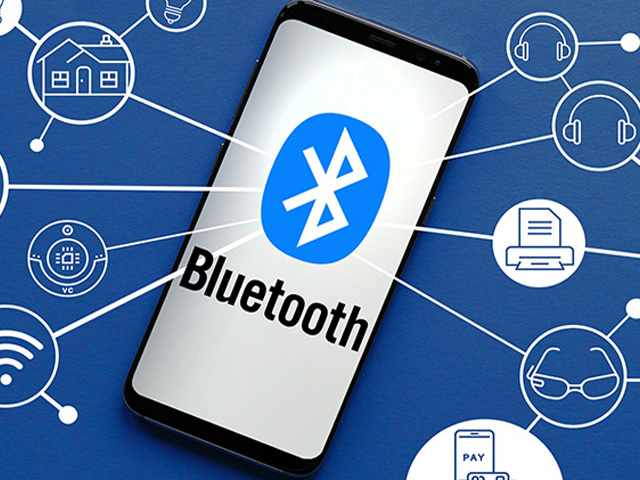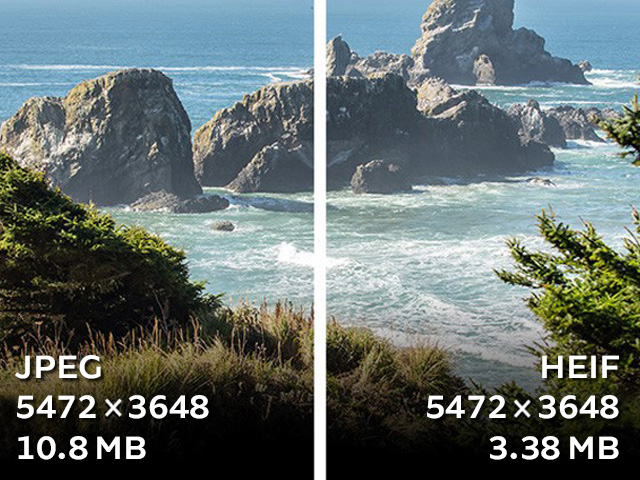In the digital world, each device communicates with another using a specific interface. Different cables and ports, slots on your motherboard, and wireless communication standards are all examples of these interfaces. The Bluetooth wireless communication protocol is one of the most widely known standards among the people. The technology has become so popular that, just like Photoshop and Google search, it’s turned into a verb in slang, and it’s not surprising to hear somewhere Bluetooth this photo to me. In this article, we will introduce you to the Bluetooth function and its evolution until today.
What is Bluetooth and how does it work?
In a simple definition, Bluetooth is a wireless communication technology that allows the devices to transmit data through low power radio waves on a 2.45 GHz frequency band. This standard uses a network structure called Piconet to establish and maintain a link between the devices. This arrangement is created as a point-to-point or point-to-multipoint. In point-to-point situations, only two devices are directly connected to each other, but in point-to-multipoint situations, a central device communicates with several other devices. The devices in the Bluetooth piconets are in a master/slave relation. In other words, there is always a central device as the master that one or more other devices are attached to as a slave. Maintaining communication, enabling/disabling slaves and regulate the transmission of data, all are master’s responsibility.
You can connect up to 7 active devices to the master. For example, if you think your mobile phone as master, you can manage up to seven accessories (i.e., a Bluetooth headset, a Bluetooth speaker, a Smart watch, a smart lamp, a baby care device, a blood pressure monitor, and your Smart Door Lock) with it; without having to disconnect one of them. At the same time, up to 255 other devices can pair with the master as passive or parked, except that before activating one of these devices, you have to park one of the active devices first.
Bluetooth versions
Based on digital technology criteria, Bluetooth is a senior standard, and it’s natural that several versions of it have been introduced up until now. Let’s look at each of these editions:
First Edition
Version 1.0 of Bluetooth specification was released in 1999. This version and 1.0B encountered a lot of problems and had a lot of limitations. Version 1.1 was ratified in 2002 as an IEEE standard and resolved many of the issues with the previous versions. The latest member of the group, version 1.2, provided higher and smoother performance and increased the speed of data rate to 721 kbps.
Second Edition
The second major version of Bluetooth specifications was released in 2004 as v2.0 EDR. The EDR suffix is “Enhanced Data Rate”, which refers to increasing the speed of data transfer in this version. More precisely, the data rate in this version came to nominally 3 Mbps (practically 2.1 Mbps). In 2007, version 2.1 EDR released. Its most important achievement was the introduction of a secure communication process called Secure Simple Pairing (SSP). This version is still used in many products.
Third Edition
The third Bluetooth version is a bit complicated. This version found a solution to multiply the data rate of the previous version by 8 and up to 24 Mbps. Of course, Bluetooth is only used to establish and manage a connection, and the data actually transfers over a Wi-Fi link. Devices marked with v3.0 + HS will be able to reach such speed, but if it’s marked with V3.0, it can only support the same 3 Mbps data rate of the previous generation, but with better power control capabilities and a streaming mode that was introduced in this release.
Fourth Edition
The fourth version of Bluetooth, titled v4.0 + LE, was introduced in 2010. In addition to the standard and HS profiles of previous versions, this version also supports an LE or Low Energy profile designed for energy-restricted applications. This profile not only reduces the maximum connection range from 100 meters to 50 meters but also reduces the data transfer speed to 0.27 Mbps. This version is mainly intended for applications in which the devices use batteries and do not require high-speed transmission or continuous data transfer. Version 4.1, released in 2013, was more of a software upgrade for its older brother. A year later, version 4.2 came with concepts of the Internet of Things and support for IP capabilities, secure connection, etc.
Fifth edition
The fifth edition of Bluetooth was released in 2016 with the promise of quadruple range, double speed, and increasing data broadcasting capacity to 8x. The first interesting point in this release is the removal of the v character for the version, as well as the fractional part of its name. So now this version is known as Bluetooth 5. The main focus of Bluetooth 5 is on the Internet of Things, as well as providing ways to increase the speed and performance of low-cost implementations. For example, the data transfer rate for the LE profile has been increased to 2 Mbps, at the expense of decreasing the range.
Bluetooth classes
As we mentioned, Bluetooth is a wireless standard, so it uses a radio transmitter/receiver to send and receive data. The power of this module, which is categorized into four Bluetooth classes, can determine its range.
| Class | Power | Range |
|---|---|---|
| 1 | 100mW | ~100m |
| 2 | 25mW | ~10m |
| 3 | 1mW | ~1m |
| 4 | 0.5mW | ~0.5m |
Bluetooth profiles
Bluetooth profiles are actually the protocols that define this standard for very specific applications. A profile describes exactly how Bluetooth technology is used in specific situations. SSP (Serial Port Profile), HID (Human Interface Device), HFP (Hands-Free Profile) or A2DP (Advanced Audio Distribution Profile) are all examples of Bluetooth profiles.






